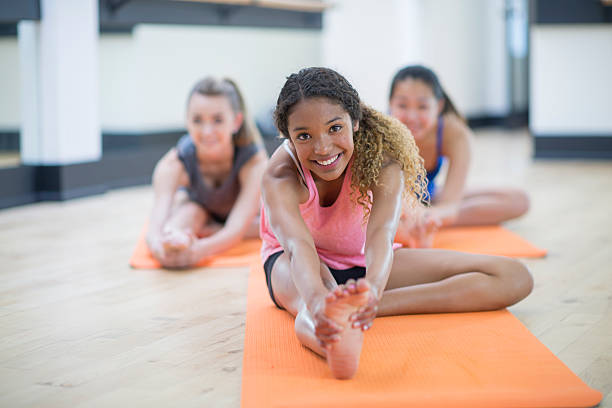In our journey through life, flexibility plays a crucial role in preventing injuries, maintaining mobility, and preserving muscle function. We often underestimate the significance of being able to touch our toes or perform bend-and-hold movements, which require our muscles to stretch.
Flexibility vs Mobility
Flexibility is the extent to which a muscle can stretch. Every muscle in our body consists of elongated strands of muscle fibers bundled together and enveloped by connective tissue called fascia. Muscles are designed to contract and stretch, each motion serving an essential purpose.
Mobility, on the other hand, refers to the unrestricted movement of joints. When muscles become excessively tight, it compromises our ability to perform everyday tasks safely, along with activities such as running or exercising.
The Different Types of Stretches
To ensure that our muscles retain their capacity to stretch and relax, regardless of age, regular deliberate movements that stretch the muscles are necessary. To improve flexibility, experts recommend spending three to five days a week for at least five minutes of stretching. Here are some types of stretches that can help maintain or enhance flexibility:
Static Stretching
Static stretching is one of the most common forms of stretching. It involves moving a joint to its maximum range of motion and holding that position for 15, 30, 60 seconds, or longer. Take note however that static stretching is not recommended before your muscles are warmed up. Include static stretching after exercise as a cool-down routine or throughout the day to prevent prolonged stretching periods and alleviate muscle tightness.
Dynamic Stretching
Dynamic stretches involve gentle movements that take joints through their complete range of motion, enhancing blood flow to the muscles and connective tissues. Consequently, they are ideal as pre-workout routines. Research published in 2018 suggests that dynamic stretching prior to exercise can enhance performance in terms of force, power, sprinting, and jumping. Examples of dynamic stretches include leg swings, walking lunges, hip circles, and arm circles.
Myofascial Release
Myofascial release techniques, also known as foam rolling, apply pressure to the muscles’ connective tissues, inducing relaxation. Foam rolling can be particularly beneficial when performed immediately before dynamic stretching. A 2015 study revealed that athletes who combined foam rolling with static stretches experienced significantly improved flexibility compared to those who solely engaged in static stretching. Foam rolling after a workout has also been found to reduce muscle soreness and accelerate muscle recovery, as demonstrated in various studies.
Final Thoughts
While independent stretching and strengthening exercises contribute to improved flexibility, seeking professional evaluation from a certified personal trainer, physical therapist, or sports medicine physician is crucial if flexibility limitations hinder workouts or everyday activities without significant improvement from traditional stretching methods.
Inflexibility may not always be the root cause of mobility issues. Conditions like arthritis, injuries, muscle imbalances, and weakness can all restrict range of motion. Stretching more may not be the solution in these cases.
Tight hamstrings, for example, are often a result of weak core muscles that fail to stabilize the pelvis properly. Consequently, the front of the pelvis may drop while the back rises, tightening the hamstrings further.
Strengthening the core resolves the underlying problem, while increasing hamstring flexibility alone does not.
Make sure to include flexibility exercises on your gym sessions at Club Fitness.
Try this flexibility routine:
